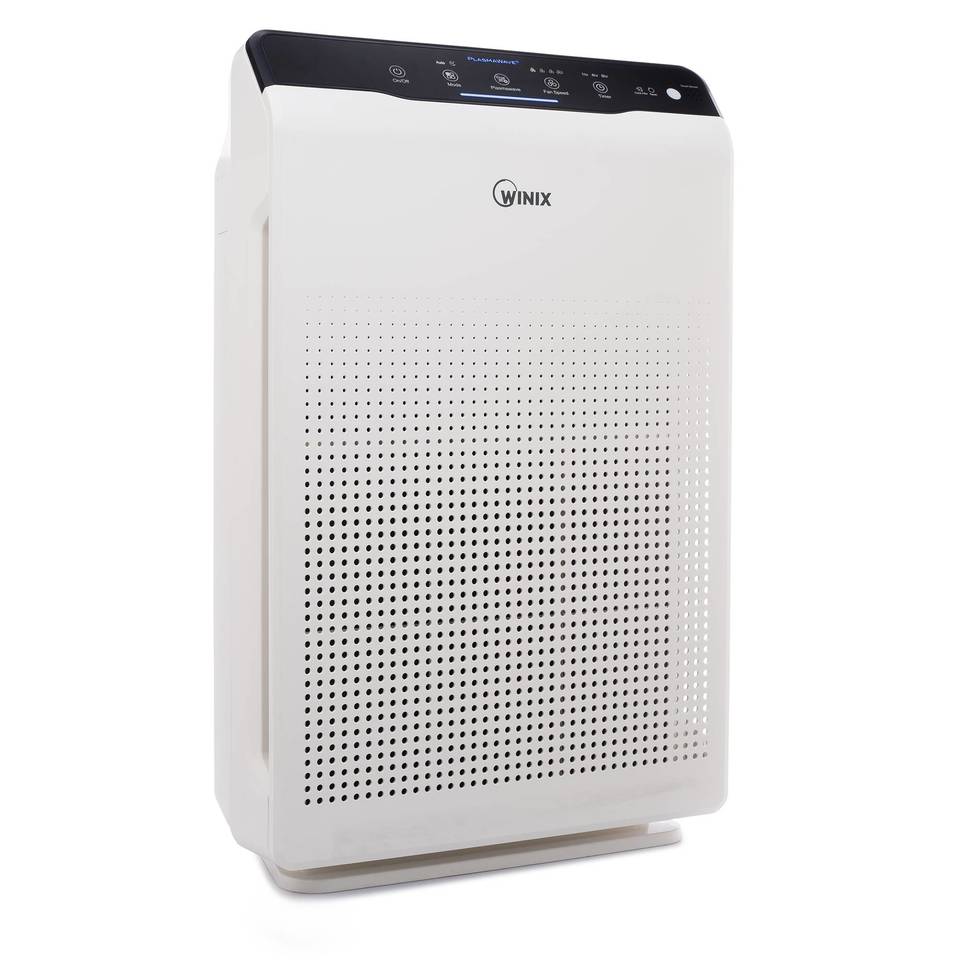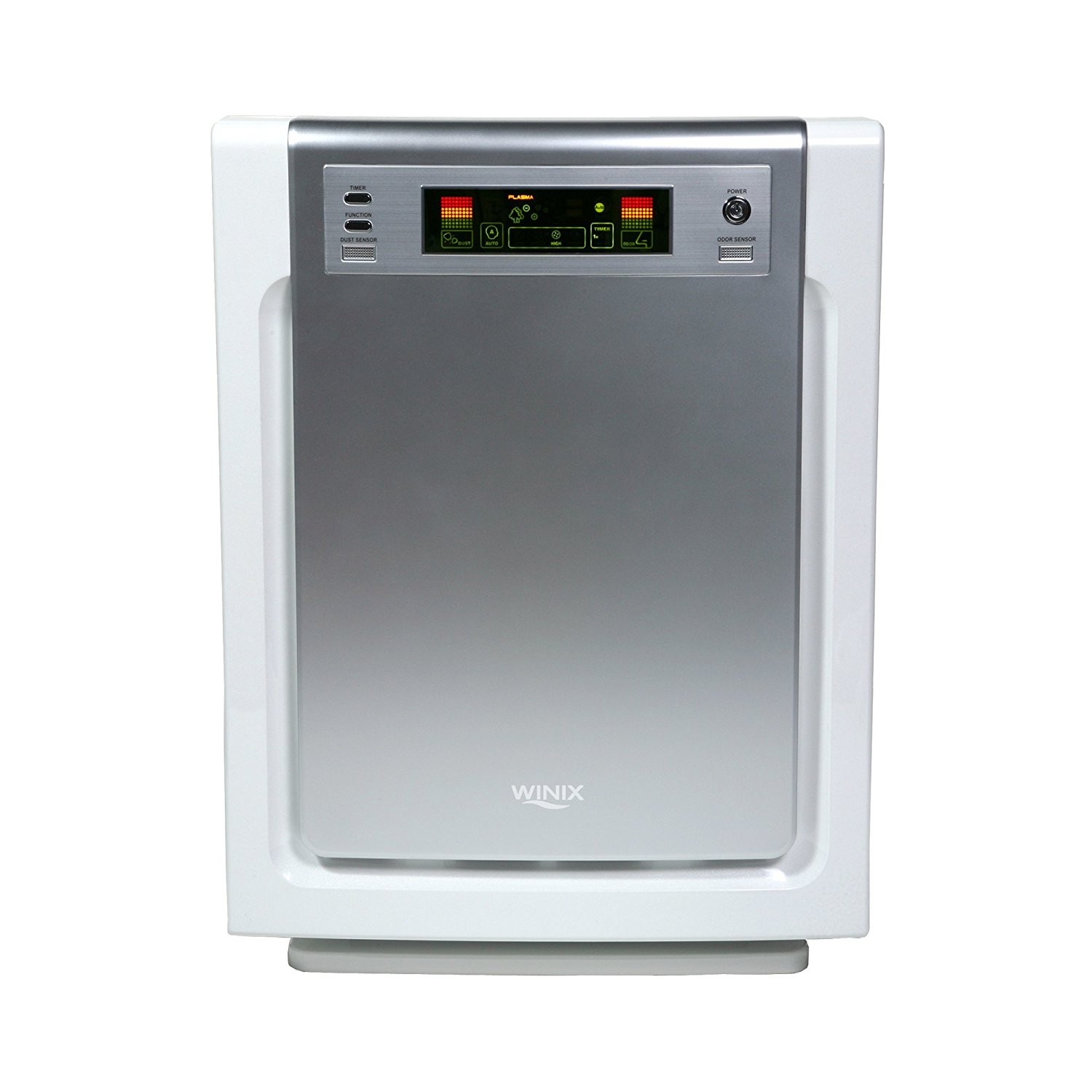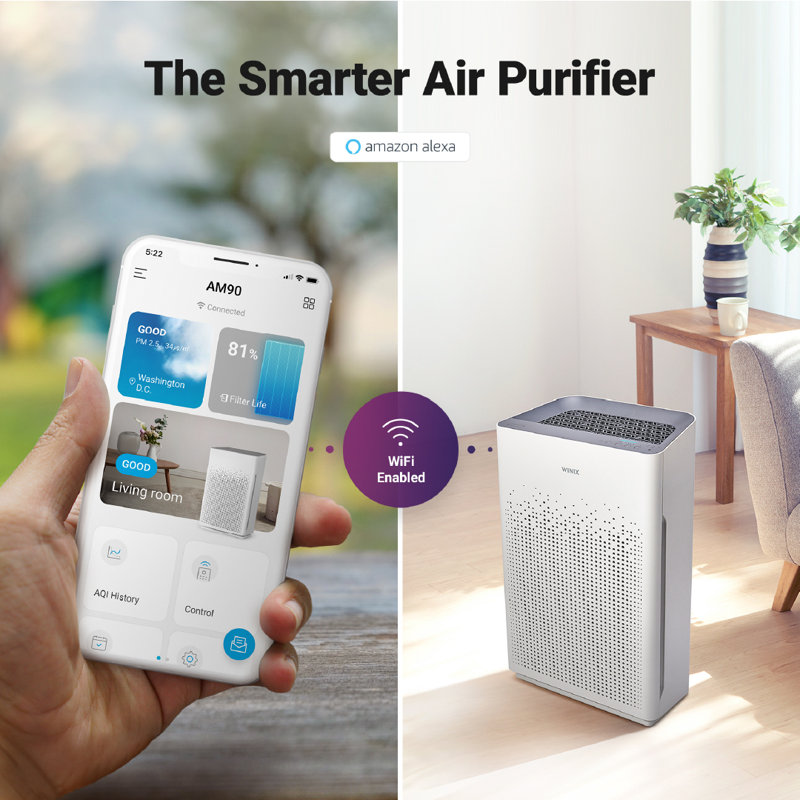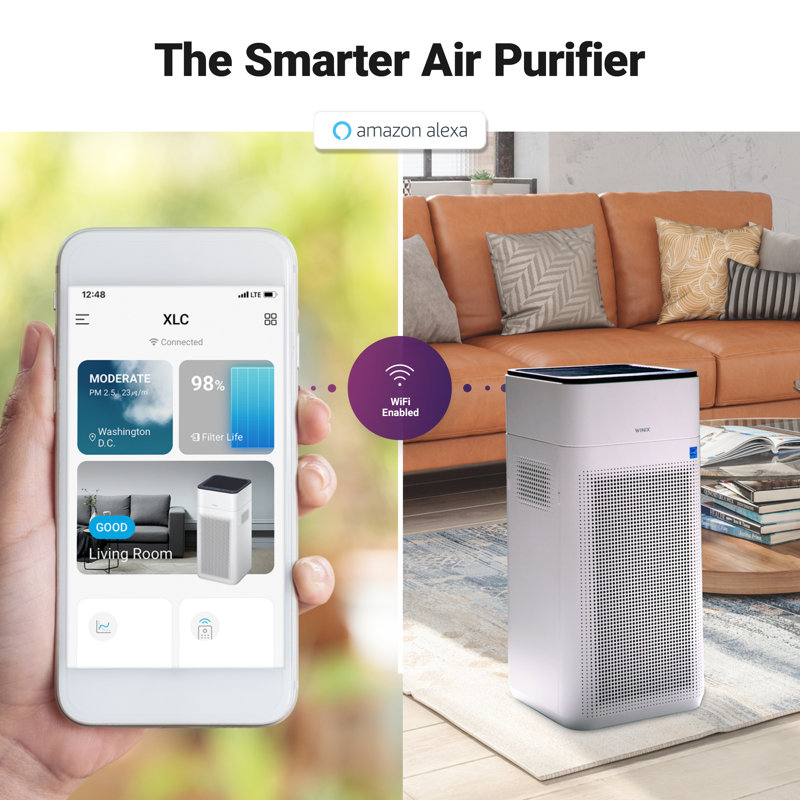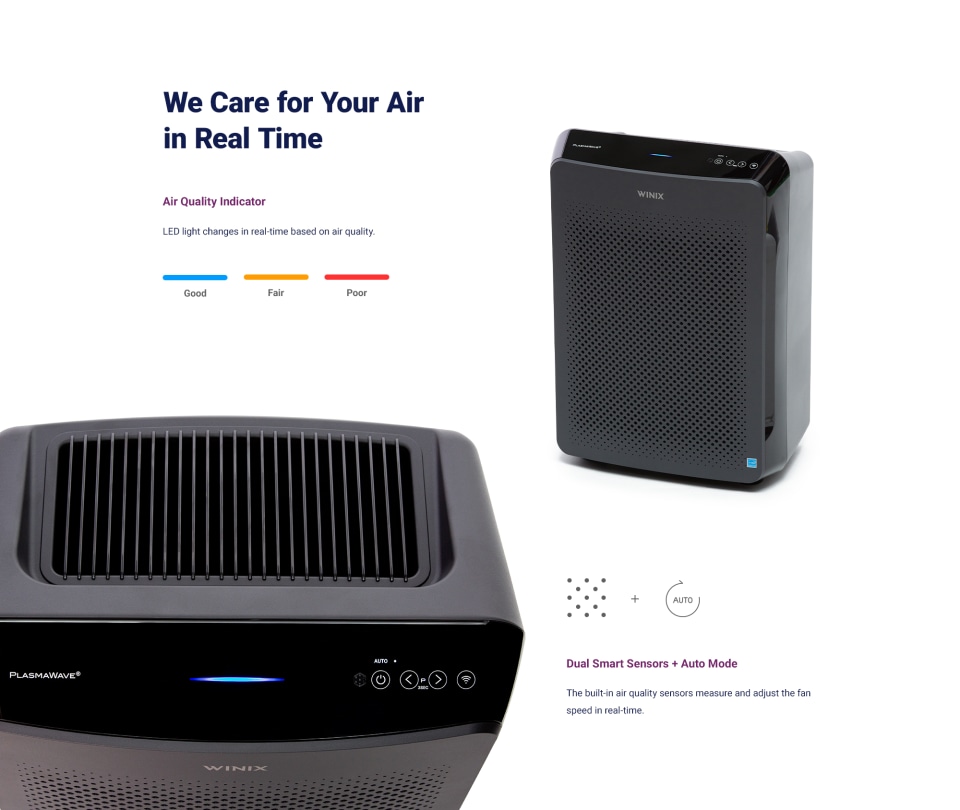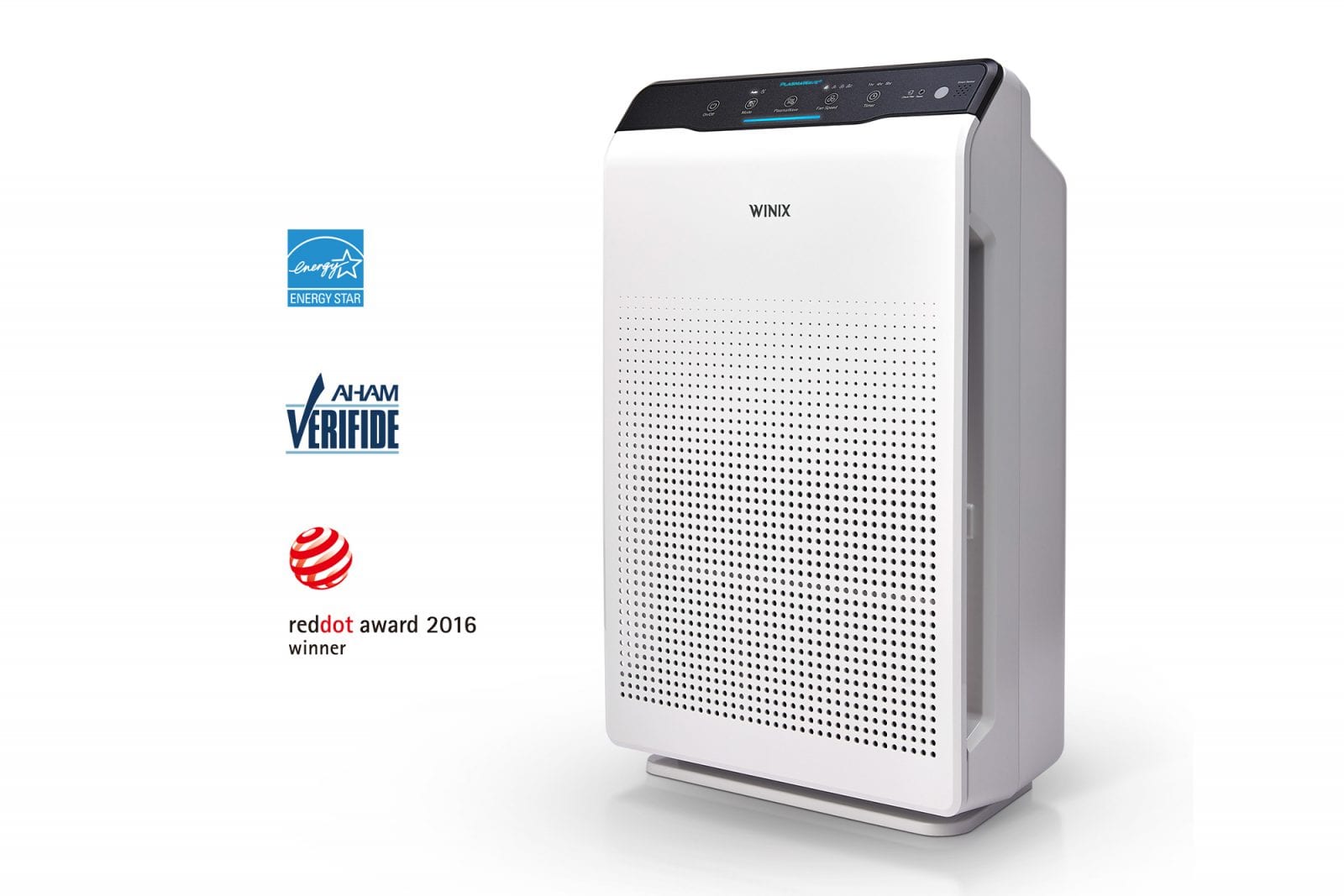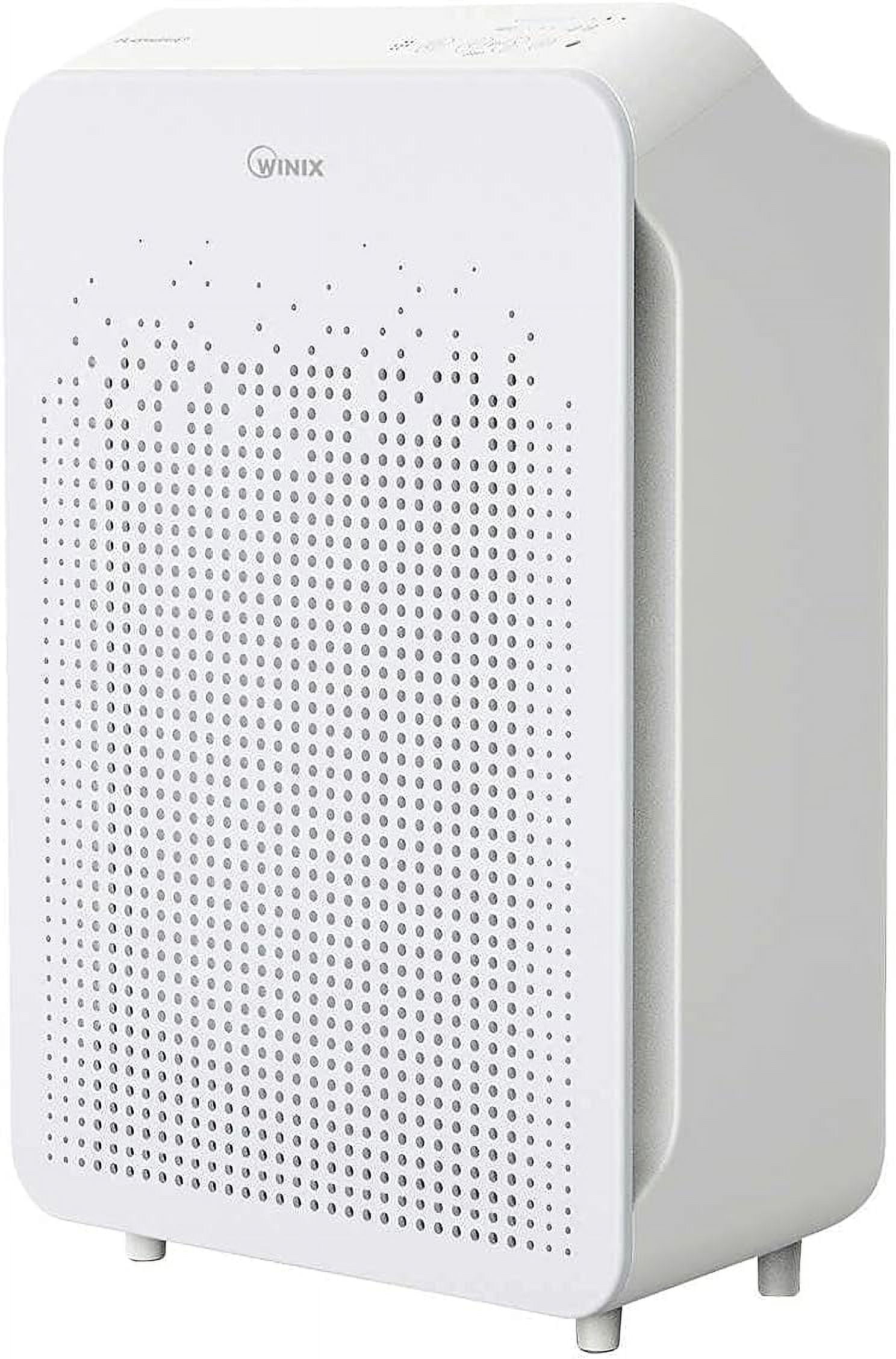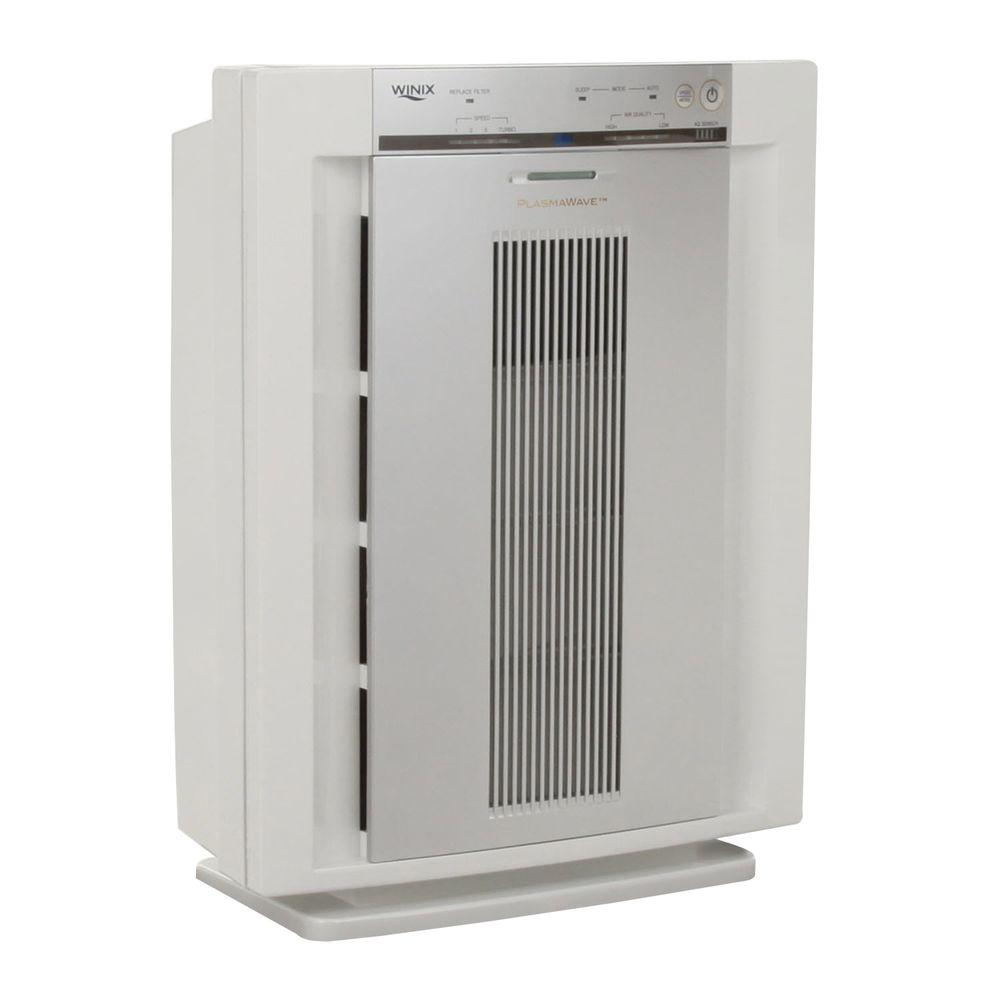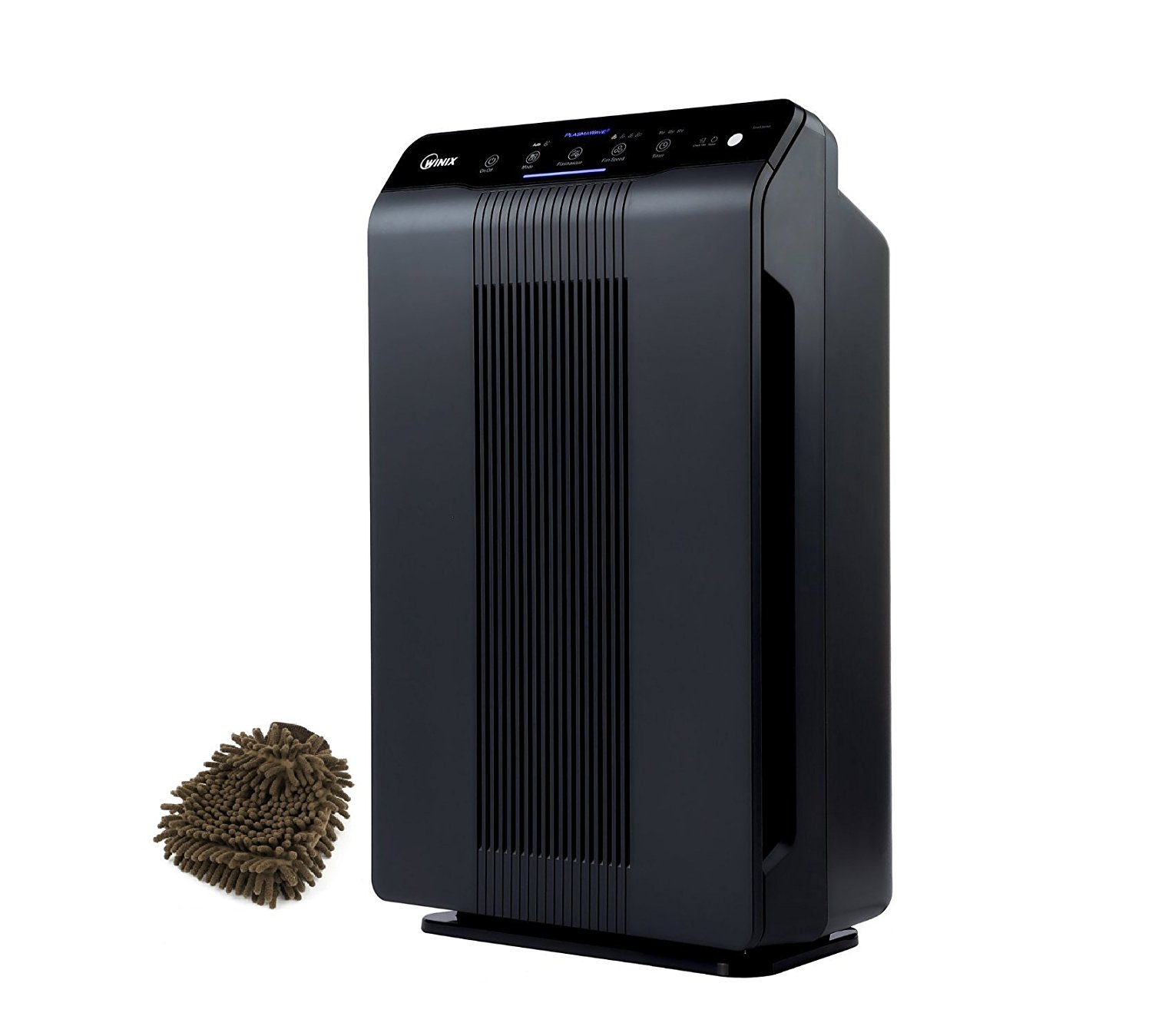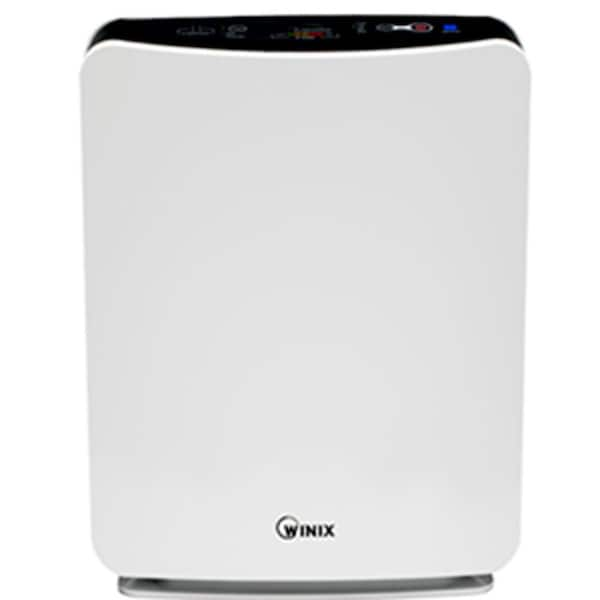Winix Air Cleaner With Plasmawave Technology

The Winix brand, a prominent name in the air purification industry, continues to garner attention with its line of air cleaners featuring PlasmaWave Technology. This technology, designed to neutralize pollutants at a molecular level, has positioned Winix as a key player in the market, amidst ongoing debates about its effectiveness and safety.
The following article provides an overview of the Winix air cleaners with PlasmaWave Technology, examining its features, benefits, and the controversies surrounding its use, while considering their potential impact on indoor air quality and public health.
Understanding PlasmaWave Technology
PlasmaWave Technology is a feature incorporated into many Winix air purifiers. It is described as creating hydroxyl radicals to neutralize odors, allergens, and other airborne pollutants. This technology is intended to break down these pollutants into harmless molecules, such as water and carbon dioxide.
According to Winix, this process mimics natural air purification processes found in the environment. It's designed to enhance the effectiveness of the air purifier's filtration system, which typically includes a pre-filter, an activated carbon filter, and a HEPA filter.
How PlasmaWave Works
The PlasmaWave Technology works by generating a short electrical discharge within the air purifier. This discharge converts some of the oxygen and water molecules in the air into hydroxyl radicals.
These hydroxyl radicals are highly reactive and quickly interact with pollutants. The aim is to break down the molecular structure of pollutants, neutralizing them in the process.
Benefits and Features of Winix Air Cleaners
Winix air purifiers are designed with multiple filtration stages. These stages are aimed at capturing a wide range of airborne particles.
The pre-filter captures larger particles like dust and pet dander, while the activated carbon filter absorbs odors and volatile organic compounds (VOCs). The HEPA filter is designed to trap 99.97% of particles as small as 0.3 microns, including pollen, mold spores, and dust mites.
PlasmaWave Technology provides an additional layer of air purification. This layer targets pollutants at the molecular level, which the standard filtration system may not fully capture.
Many Winix air purifiers also feature smart sensors that monitor air quality in real-time. These sensors automatically adjust the fan speed to maintain optimal air quality.
Controversies and Concerns
Despite its purported benefits, PlasmaWave Technology has faced some scrutiny. Concerns have been raised regarding the potential for ozone production as a byproduct.
Ozone, even at low concentrations, can be harmful to human health. It can cause respiratory irritation, exacerbate asthma, and contribute to other health problems.
The California Air Resources Board (CARB) has implemented regulations to limit ozone emissions from air cleaning devices. Many Winix air purifiers are CARB-certified, indicating that they meet these ozone emission standards.
However, some critics argue that even CARB-compliant devices may still produce trace amounts of ozone, which could pose a risk to sensitive individuals. Independent testing and consumer reviews have provided mixed results, with some users reporting noticeable improvements in air quality and others expressing concerns about potential ozone exposure.
Winix's Response and Safety Measures
Winix maintains that its PlasmaWave Technology is safe and effective when used as directed. The company emphasizes that its air purifiers are designed to produce ozone levels well below the established safety standards.
Winix states that it conducts rigorous testing to ensure the safety and performance of its products. The company also provides clear instructions on how to use its air purifiers properly to minimize any potential risks.
Winix's website provides detailed information about its PlasmaWave Technology and its commitment to safety. It addresses common concerns and provides resources for consumers to learn more about indoor air quality.
Market Impact and Consumer Reception
Winix air purifiers have gained significant popularity in the consumer market. They are widely available through online retailers and brick-and-mortar stores.
Positive customer reviews often highlight the effectiveness of Winix air purifiers in reducing allergens, odors, and other pollutants. Consumers also appreciate the user-friendly features, such as the auto mode and sleep mode.
However, some consumers have expressed concerns about the long-term reliability of the air purifiers and the cost of replacement filters. The debate surrounding the safety of PlasmaWave Technology continues to influence consumer purchasing decisions.
The Future of Air Purification Technology
The demand for air purifiers is expected to continue to grow as concerns about indoor air quality increase. Factors such as urbanization, industrialization, and climate change are contributing to higher levels of air pollution, both indoors and outdoors.
Companies like Winix are continuously innovating and developing new technologies to improve air purification. This includes exploring alternative methods to neutralize pollutants without producing harmful byproducts.
Consumers are advised to stay informed about the latest advancements in air purification technology and to carefully evaluate the features, benefits, and potential risks of different products before making a purchase.
Conclusion
Winix air cleaners with PlasmaWave Technology offer a multi-faceted approach to air purification. The use of HEPA filters, carbon filters, and PlasmaWave Technology provides a comprehensive method to improve indoor air quality.
While the PlasmaWave Technology is designed to enhance the effectiveness of the air purifier, it is essential to consider the potential risks. Consumers should weigh the benefits against any potential concerns regarding ozone emissions.
Ultimately, the decision to purchase a Winix air purifier with PlasmaWave Technology should be based on individual needs, preferences, and a careful evaluation of the available information. Informed consumers, equipped with knowledge and understanding of the air purification process, are best positioned to make choices that align with their well-being and health objectives.

